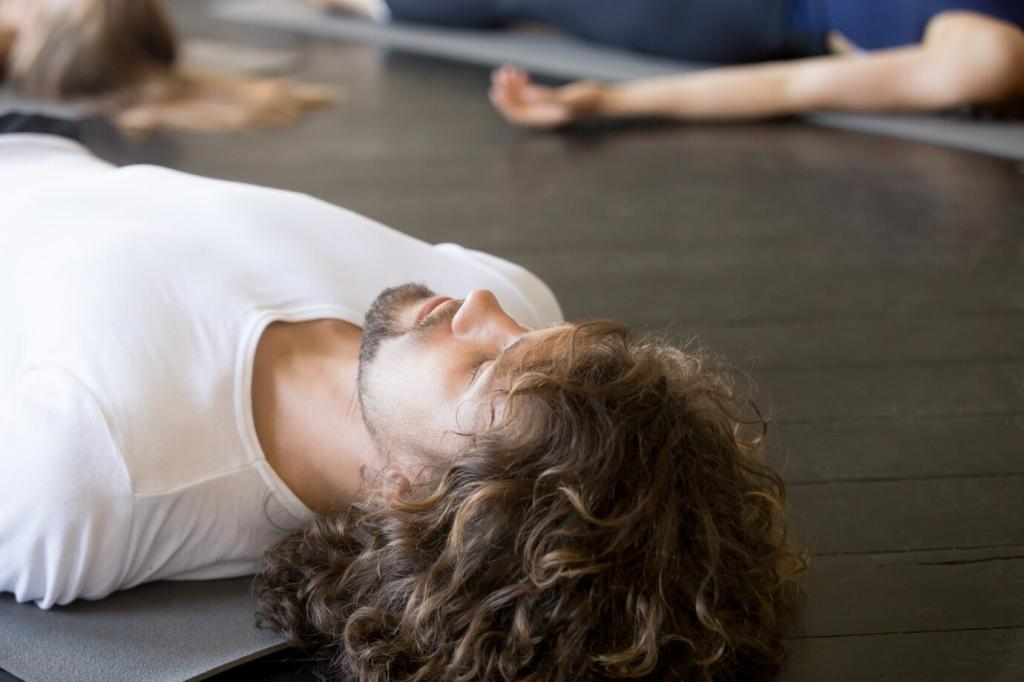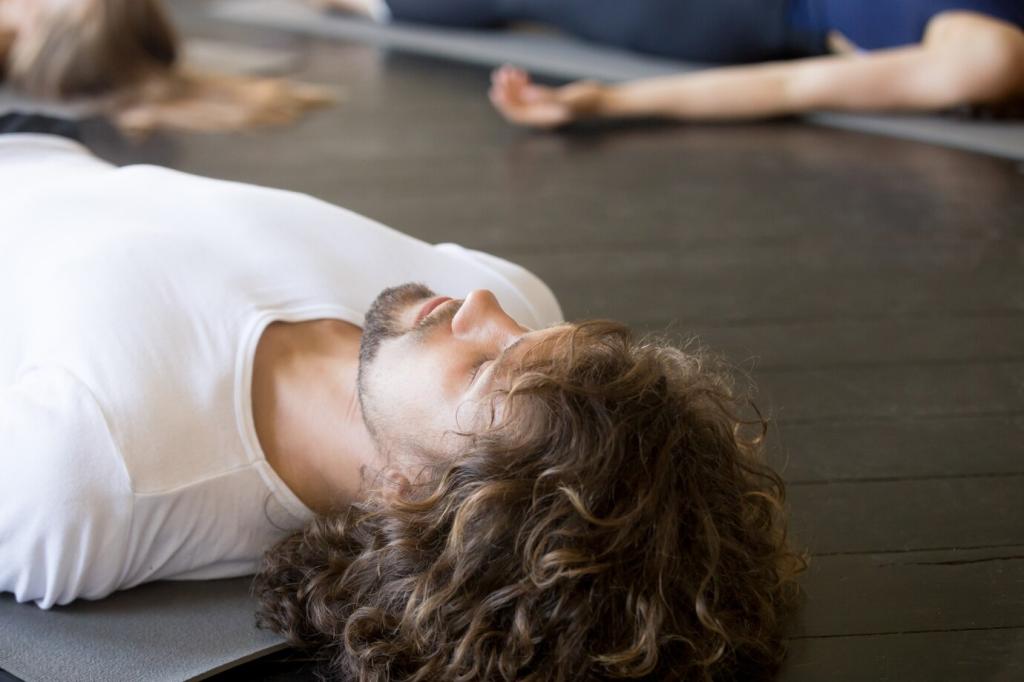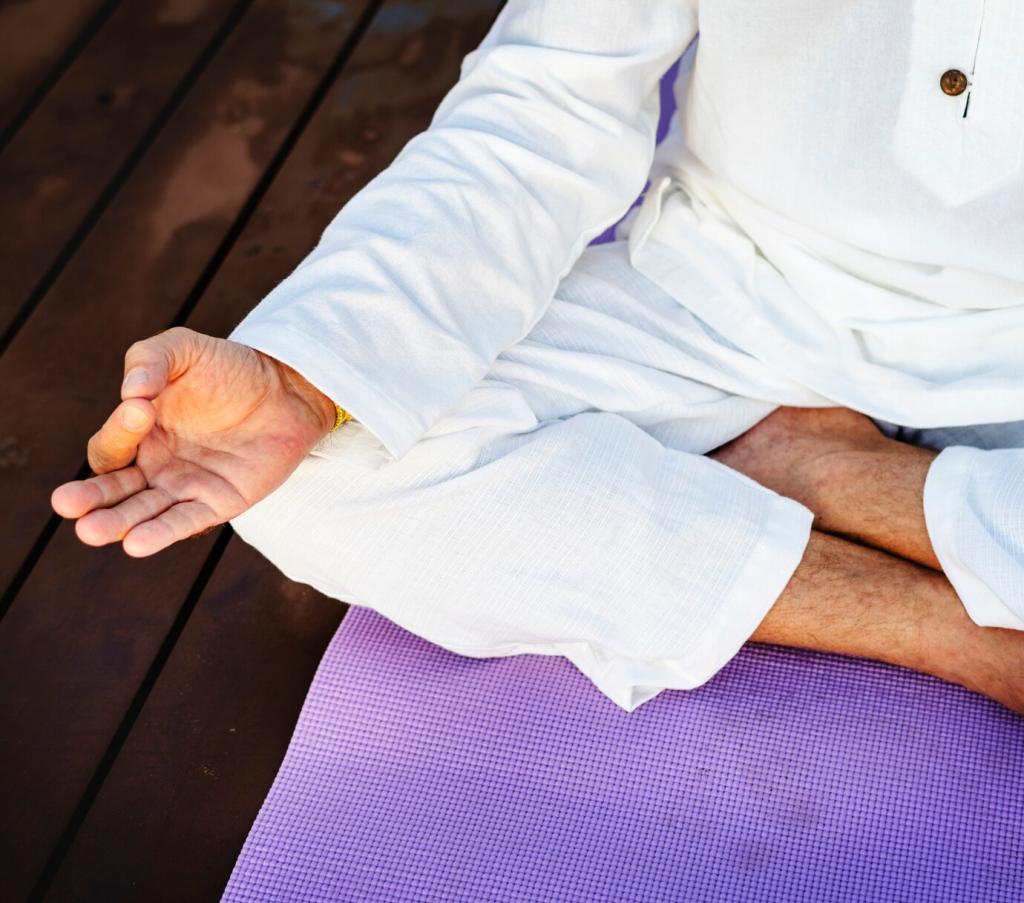Visualization and Reframing Discomfort
Picture soreness as ocean waves that rise and pass without hostility. When the brain interprets sensations as safe effort signals, pain ratings often decline, letting you move gently sooner and trust your plan for tomorrow’s training.
Visualization and Reframing Discomfort
Choose a calming color for the inhale and a warm, releasing color for the exhale. Imagine hues traveling through sore quadriceps or back, carrying fatigue out with each breath. The playful focus keeps rumination low and progress steady.








